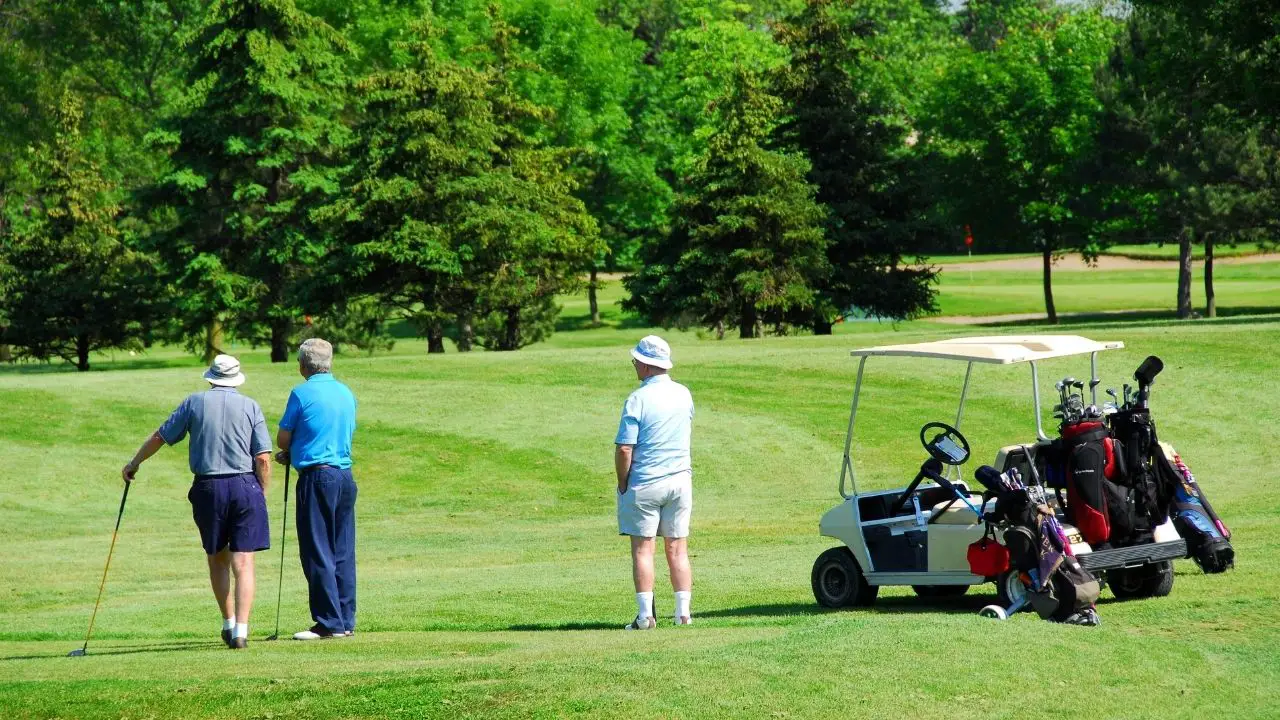What is Juvenile Arthritis? Juvenile Arthritis is a form of Rheumatoid Arthritis occurring in children and teenagers under the age of 16.
Like adults, children can also develop Rheumatoid Arthritis, which affects the healthy functioning of their joints.
Here is a related article that might interest you on Best Cars For Seniors With Arthritis 2023.
Table of Contents
What Is Juvenile Arthritis – All You Need To Know

Juvenile Rheumatoid Arthritis (JRI) is an autoimmune disease where the antigen-fighting cells from the immune system attack the healthy tissues protecting the joints.
It is a form of systemic autoimmune disease, meaning they affect a specific type of cell and tissue no matter where they are present.
This leads to the protective tissues in multiple joints being attacked at the same time.
How Juvenile Arthritis Affects the Joints?
Every joint is accompanied by a thin layer of protective tissue that provides lubrication and cushioning as the two bones rub against each other. The immune system attacks this tissue, making it weaker and thinner over time.
As a response to the attack, the synovium (the surrounding layer of cells near the joints) releases excessive synovial fluid to ease the friction caused by the deteriorating tissues.
This excessive fluid accumulated within the joints leads to painful inflammation and a knobby appearance. This reduces the range of motion within the affected joints as the swelling and tenderness make movement more painful.
Some common symptoms of JRA are explained below:
1. Stiffness
Prolonged periods of rest can lead to the accumulation of synovial fluid within the joints making the surrounding muscles and bones feel “frozen” in one place. It is more common in the morning when you wake up or after long periods of sitting or standing.
2. Effortful Movement
The inflammation and deteriorating tissues can make it difficult for bones to rub against each other and change their position. This often manifests in the form of more effortful walking, running, or even writing. Sometimes, simple instances of changing positions, such as sitting down or standing up, can also feel effortful and painful.
3. Tenderness
The fluid accumulation can make the affected joints and their surrounding muscles more sensitive to touch. A slight pressure applied through the hand can also highlight this sensitivity.
4. Burning Sensation
While most cases of Juvenile Arthritis come with subtle pain that is dull and unnoticeable, the excessive inflammation can give off a warm or burning sensation.
An affected child may complain that their knees, ankle, or hand feel warm or tingly, especially after prolonged periods of activity such as playing sports or running.
5. Crepitation
This usually happens in the more advanced stages of the condition. The affected joint may give off sudden grating or cracking sounds as it is engaged in the activity. This usually happens due to the loss of lubrication and protective tissue as the bones grate against each other, leading to the unfamiliar sensation of crepitation.
6. Limping Motion
Limping Motion is a commonly occurring symptom in young children and is an indirect symptom caused by effortful movement. Affected children often walk and run in a limping motion to compensate for the pain and stiffness they are feeling.
7. Persistent Fever
A fever is accompanied by most autoimmune diseases and, therefore, juvenile Arthritis as well.
Affected individuals usually have daily fevers, especially during the early stages of flare-ups after extensive activity. However, this is more common with systemic JA than with other subtypes.
Common Subtypes
There are five subtypes of Juvenile Arthritis, including:
1. Oligoarthritis
The subtype is more common in girls than boys, and affected individuals typically outgrow the disease before reaching adulthood. The condition affects less than five joints and more commonly affects the bigger joints – knees, ankles, and wrists.

Any effect on the smaller joints such as the finger and toes is rare. More than 50 percent of Juvenile Arthritis cases are of Oligoarthritis. Moreover, in more than half of these cases, only one joint is affected rather than multiple joints.
This makes it a relatively milder condition that doesn’t require extensive treatment. Its main implication comes in the form of eye problems such as inflammation of the iris, which can cause blindness if left untreated.
2. Polyarthritis
This is the second most common subtype of Juvenile Arthritis and makes up nearly 30 percent of total cases. The condition also involves a more extensive treatment than other subtypes. It is usually distinguished by its effect on the same joints within each side of the body.
For example, if the wrist of one hand is affected, it will likely cause the same joint problems on the other wrist. It also affects more than five joints during the first four to six months of development. The condition more commonly affects smaller joints such as those in the hands, feet, neck, or jaw.
Those with a specific type of antibody in their blood, scientifically known as rheumatoid factor, often develop a more severe case than others.
3. Systemic Arthritis
Systemic Arthritis affects more than just the tissue of the joints. It may affect many other body functions that use the same class of tissues or cells as the joints. Some of the common symptoms include persistent high fever and a rash on the arms, legs, or trunk.
Due to its systemic nature, it can also affect essential organs such as the heart, liver, or lymph nodes. Compared to other subtypes of Arthritis, it is present equally in both sexes.
4. Psoriatic Arthritis
This type of Arthritis does not form on its own but is a result of a skin disorder called psoriasis. The skin condition can trigger an immune response that causes the deterioration and swelling of the protective tissue.
Also, make sure to check out my post on How To Relieve Arthritis Neck Pain?
However, the two do not happen simultaneously, and Arthritis usually takes years to develop after the skin condition. A distinguishing symptom includes the involvement of both the smaller and larger joints.
5. Enthesitis-related Arthritis
The condition is more common in boys above the age of 6 than girls and affects the spine, hips, and enthesis. The condition usually causes joint pain without noticeable inflammation. It also involves swelling of tendons and ligaments. Back pain is a common symptom but occurs later in life.
Conclusion
Early diagnosis can save you a lot of trouble when it comes to Juvenile Arthritis. Look for the symptoms we mentioned and take the child to the relevant doctor before things go out of hand.

Hi, my name is Eddie, I am a professional trainer specializing in the elderly population and I’m also a website designer. I love training in the gym, going to the beach, traveling, and having good food.
I combined my love for sport and website designing to make “DisabilitEase” whose purpose is to help elderly and disabled people live a more full and active life, have more fun, and enjoy their unique journey despite any disability.



